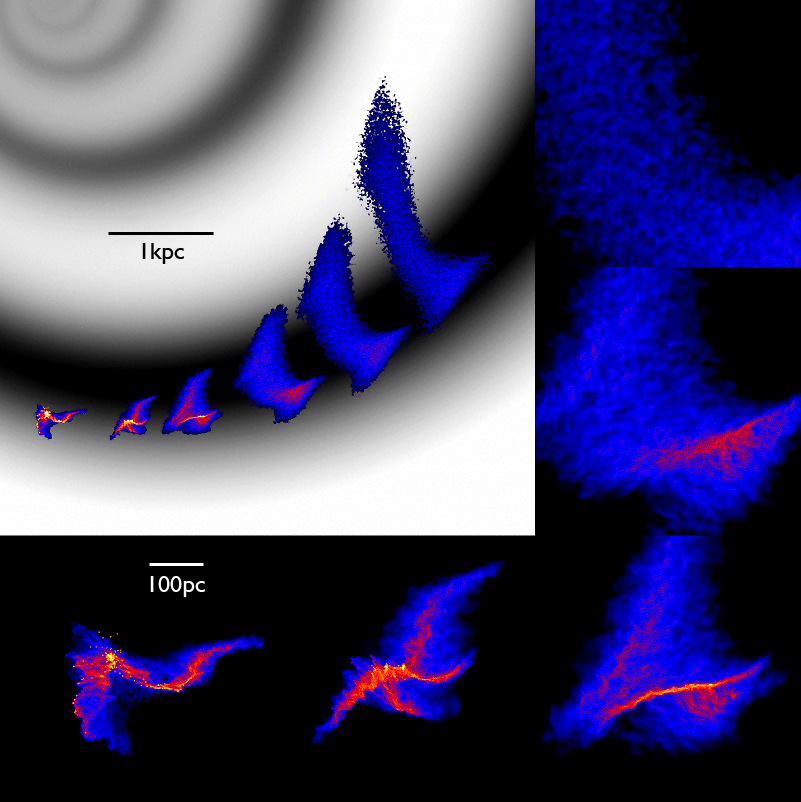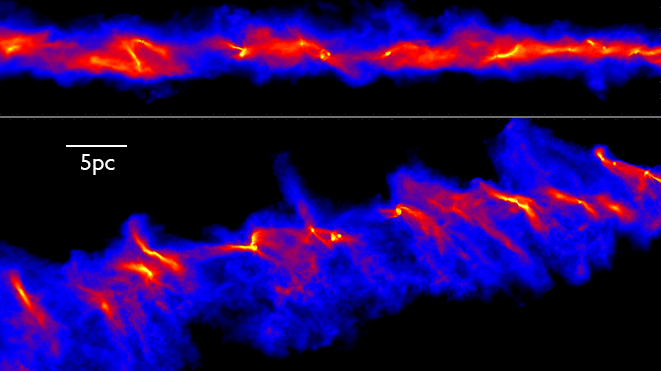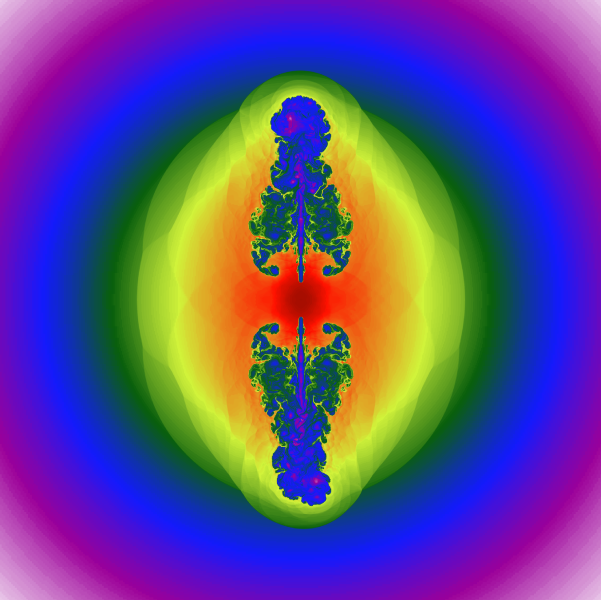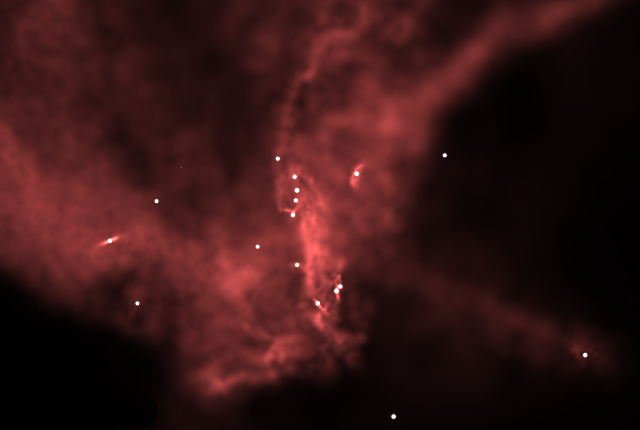Supercomputer scores a centuryA supercomputer that has revolutionised aspects of astronomy in the UK is marking the publication of the 100th scientific paper based on its computations. The UKAFF supercomputer based at the University of Leicester has dispelled mysteries of distant galaxies thanks to its advanced features.UKAFF is a national supercomputing facility dedicated to theoretical astrophysics and is housed in the Department of Physics & Astronomy at the University of Leicester. The 112 processor IBM supercomputer is funded by the Particle Physics & Astronomy Research Council (PPARC). Since UKAFF came on line in January 2001, calculations made on the machine have revolutionised several fields in astronomy. "We now know much more about how stars and planets form as a direct result of these calculations", said Dr Matthew Bate of the University of Exeter. Astronomers also used the machine to show how a jet of matter fired from a massive black hole at incredibly high speed can keep hot the gas in a whole cluster of galaxies. "Before this calculation, people thought that this gas must cool down and make monster galaxies", said Professor Marcus Brüggen, now of the International University of Bremen. The 100th paper is by Professor Ian Bonnell of St Andrews University and collaborators and is due to be published in the Monthly Notices of the Royal Astronomical Society. For the first time they show how galaxies sweep up gas into dense clouds, which eventually collapse into stars. This explains how distant galaxies light up their beautiful spiral patterns by making bright new stars. "The formation of stars is the engine which drives the evolution of galaxies." Says Professor Bonnell, "These simulations show how galaxies organise themselves to form stars. It is the recognisable spiral pattern and underlying motions which trigger the formation of very massive dense gas clouds in which new generations of stars are born. Of particular interest is that only a fraction of the gas becomes sufficiently dense to form stars, explaining why star formation in galaxies is inefficient and thus still occurring in relatively old galaxies such as our own." UKAFF (the UK Astrophysical Fluids Facility) is open to all UK astronomers. It is based at the University of Leicester and directed by Professor Andrew King (Leicester) and Professor Jim Pringle (Cambridge). Over a hundred astronomers from more than thirty UK institutions have used it. It is supported by the Particle Physics and Astronomy Research Council (PPARC). The Leverhulme Trust has supported seven young astronomers entering this exciting field. Notes for Editors Links: www.ukaff.ac.uk High-resolution images from the simulations mentioned in this release can found at: http://www.ukaff.ac.uk/hundred
ContactsProfessor Andrew King, University of Leicester 0116-2522072Professor James Pringle, University of Cambridge 01223-337548 Professor Ian Bonnell, St Andrews University 01334 463 140 Images Above: A montage showing how passage through the spiral arms of a galaxy will trigger a cloud of interstellar gas to collapse under its own weight. The filamentary structures that form during this collapse will later go on to form stars and planets. Image credit: Dr Ian Bonnell, University of St Andrews
Above: A close-up of the filamentary structures formed during the collapse of an interstellar cloud. The yellow regions are the most dense, and represent the primary areas of star formation. Image credit: Dr Ian Bonnell, University of St Andrews
Above: Galaxy clusters contain large volumes of hot gas lying between the individual galaxies. UKAFF simulations have helped to show that this gas may be being re-heated by jets of hot gas ejected from the black holes within active galaxies in the cluster. The different colours in the image code regions of different density. Image credit: Dr Marcus Brüggen, International University Bremen
Above: A 50 solar mass gas cloud collapses to form a cluster of brown dwarf stars, some with proto-planetary discs. Image credit: Dr Matthew Bate, University of Exeter
|


